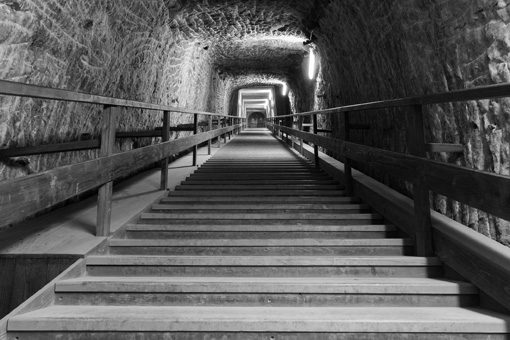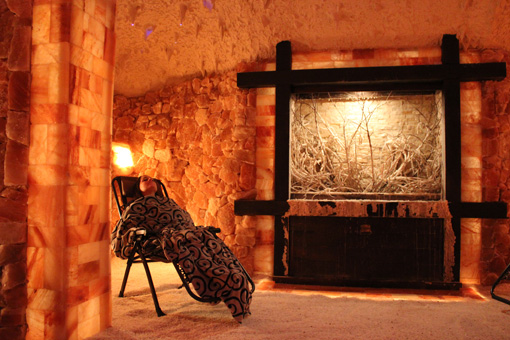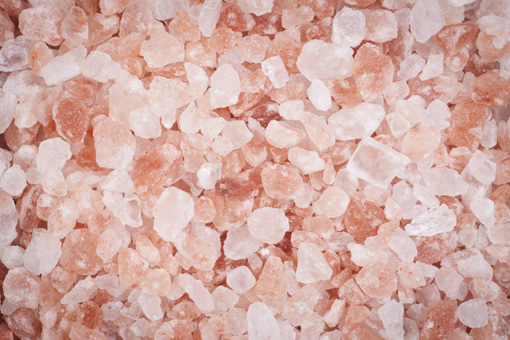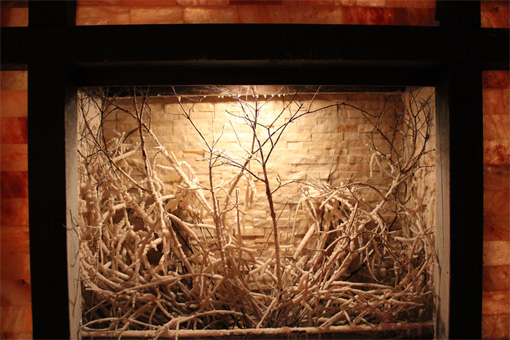About Salt Therapy
Salt therapy or halotherapy (from the Greek word ‘halo’ meaning salt) has been around for centuries. Naturally-occurring salt caves found throughout Asia and Europe are revered for their therapeutic properties. In Poland, the famous Wieliczka salt mine contains a respiratory hospital. Furthermore, it boasts a patient success rate so high, there is a waiting list.
That’s because halotherapy is a safe, drug-free, 100% natural and affordable non-invasive treatment alternative for respiratory and cardiovascular ailments. However, you do not have to suffer from respiratory ailments to benefit from salt therapy. Individuals with insomnia, allergies, stress, anxiety and depression can also benefit from this burgeoning holistic treatment option.
A growing body of scientific research shows that salt therapy can treat various illnesses. It can also help prevent colds or flus. Even more, there are no known drug interactions or side effects from halotherapy.
Applications of Himalayan salt therapy are growing remarkably every day. Small business owners, architects, spas, restaurants and wellness centres are becoming more aware of the benefits of salt. Certainly, they’re realizing Himalayan salt therapy brings tremendous value to their clients.




How Does Salt Therapy Work?
Himalayan salt contains approximately 84 natural elements that our bodies can absorb and use for multiple purposes.
These include:
- Iodine: Aligns deficiencies in the body. It also ensures proper function of the thyroid gland which controls metabolism and regulates body weight.
- Magnesium: Relieves symptoms of chronic fatigue, prevents heart disease, increases cardiovascular health and controls inflammation.
- Calcium: Natural anti-allergen.
These vital minerals and micronutrients are dispersed into the air. This is done via a halogenerator or water cascade. And this enriches the environment with negative ions to be absorbed by the body.
The halogenerator disperses an active dry salt aerosol via a fan process. The salt aerosol concentration is controlled using optoelectronic sensors within the room. This maintains ideal conditions and proper ventilation flow. Some 80% of the aerosolized salt particles measure less than 5 microns. This allows for effortless absorption by the human body.
Water cascades, typically constructed of softwood and utilizing special equipment, pump salt brine at a slow, steady pace. As the brine evaporates, it produces a saline vapor effect within the cave. This creates a higher concentration of negative ions, naturally found around flowing water or oceanic environments.